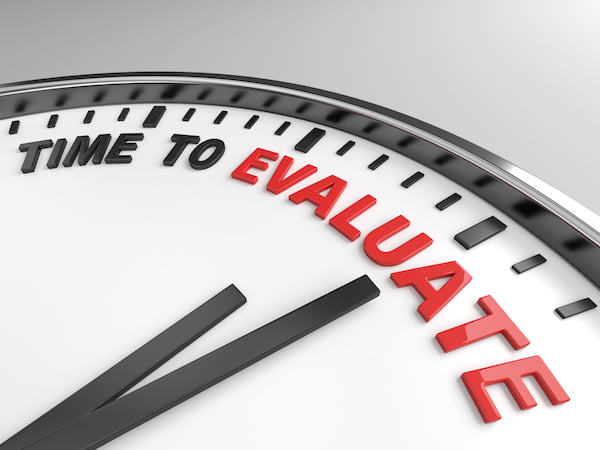Steps to Take When Inspecting a Thermal Edge Unit

Thermal Edge supplies four different types of enclosure cooling equipment:
In order to ensure proper operation, these devices should be inspected periodically. Here are ten simple steps to take to check that your cooling equipment is working correctly. These checks should be carried out by someone who is competent to work inside electrical enclosures. Refer to equipment manuals as necessary, and keep a record of findings for future reference.
All Units
These steps apply to all units:
Filters: Filters are fitted to the inlet and outlet of filtered fan packages and on the inlet to the condenser of enclosure air conditioners. Switch the unit off, and remove and check the filter. Washable filters should be cleaned as recommended in the equipment manual or, if not washable, replaced if they are blocked. Air-to-air heat exchangers don’t have a filter but the condenser air inlet should be cleaned with a soft water spray or compressed air.
Fans: With the unit switched off, check that the fan blades are clean and that the fans are fitted correctly and running smoothly. There are two fans on air-to-air heat exchangers and enclosure air conditioners, one for the condenser and one for the evaporator. Clean fan blades if necessary.
Enclosure door seals: Enclosure cooling will be ineffective if the enclosure doors don’t seal, so check that they close and seal securely. If an open door kill switch is installed, check that the air conditioner switches off when the door is opened.
General condition: Check the general condition of the unit, noting loose wiring, signs of wear, damage, refrigerant oil leaks, or corrosion.
Air-To-Air Heat Exchangers and Enclosure Air Conditioners
The following checks apply only to air-to-air heat exchangers and enclosure air conditioners. Filtered fans need no further checking.
Internal temperature: Check the internal temperature of the enclosure. With air-to-air heat exchangers it should be slightly above ambient, and with enclosure air conditioners it should be lower provided the ambient temperature exceeds 75 ºF. For air conditioners, check that the air going into the enclosure from the air outlet is at least 15 ºF cooler than the air returning to the air inlet. If a door kill switch is fitted, override it to get the compressor to run.
Mounting gaskets: Visually check the condition of the cooler mounting gasket and make sure the cooler is securely fastened to the enclosure. Look for telltale signs of air leakage.
Air circulation: Make sure there are no obstructions to air circulating around the condenser area of the enclosure cooler. Air-to-air heat exchangers should have at least five inches of clear space at the condenser air supply and return, and enclosure air conditioners need at least three inches of space. Greater clearance is better.
Enclosure Air Conditioners Only
These last checks are only applicable to enclosure air conditioners:
Temperature alarms: Check to see if there are any alarms indicated on the temperature controller. If alarms are showing, record them and call a refrigeration technician to check and repair the air conditioner.
Temperature control: Record the actual temperature of the enclosure from the controller. Check the controller set point by pressing the SET button and making sure the temperature is within a few degrees of this set point. (Allow the system time to stabilize).
Condensate: Make sure no condensate is flowing out of the condensate overflow pipe.
Follow Up
The frequency of the inspections should take into account environmental conditions and the criticality of the installation. Thermal Edge can assist with trouble shooting and replacement parts. Should any problems be identified that require a refrigeration technician, call your local service company to arrange for repairs Regular inspection of enclosure cooling equipment ensures reliable operation and reduces the possibility of an unexpected failure.

